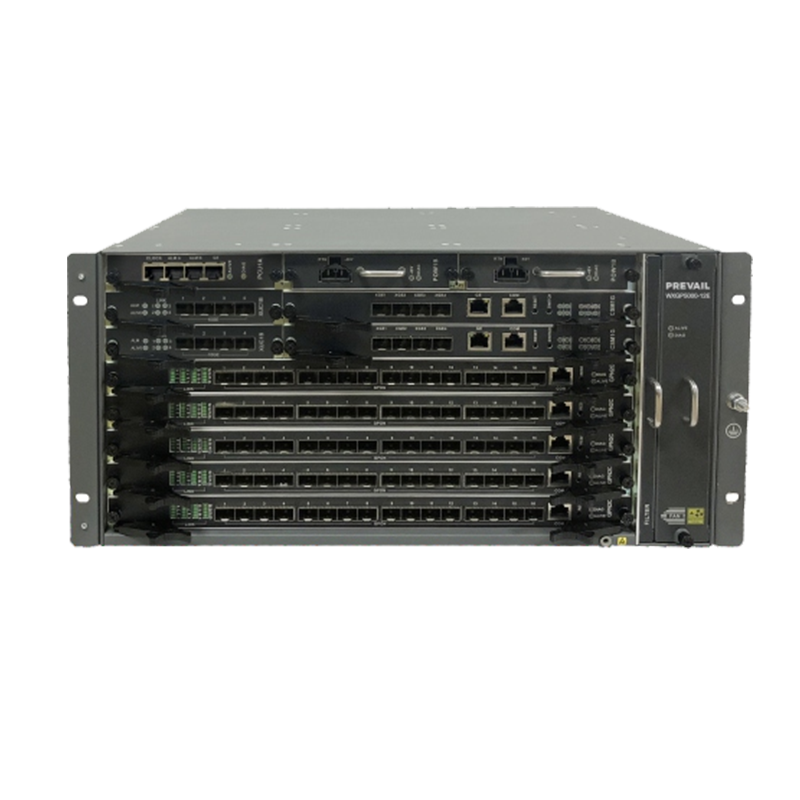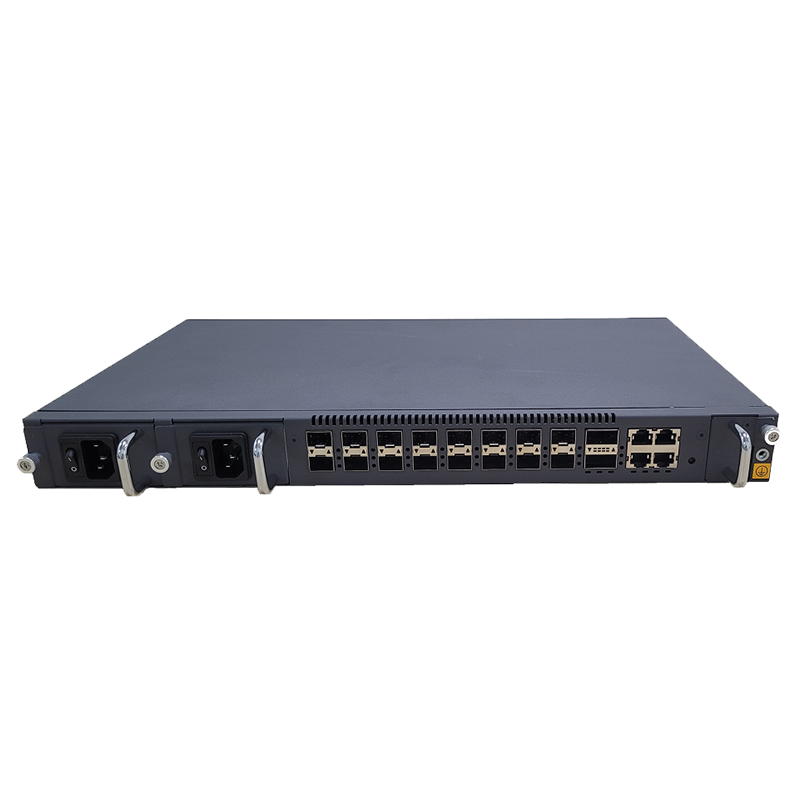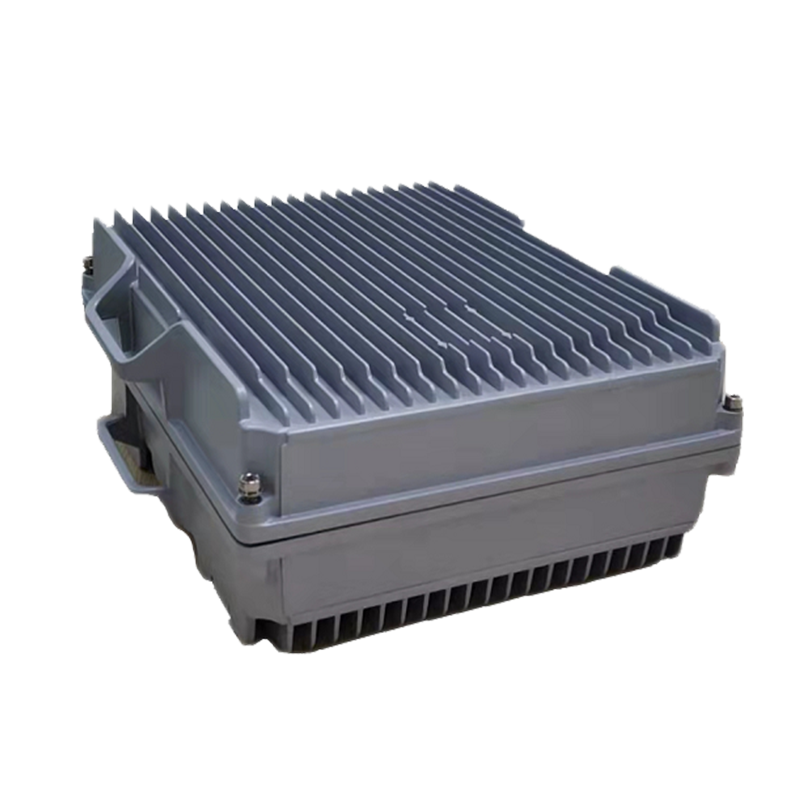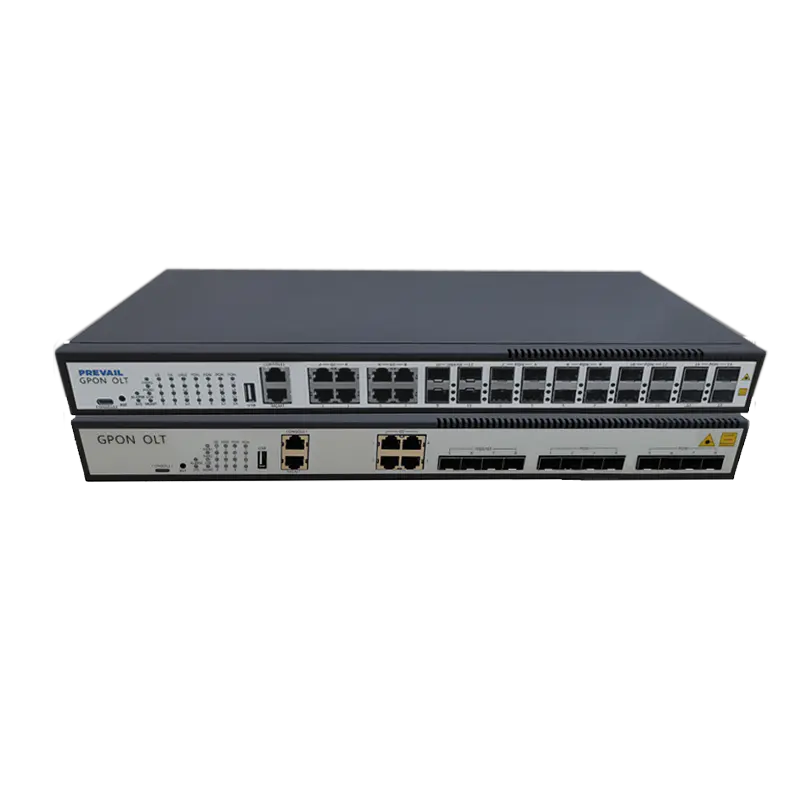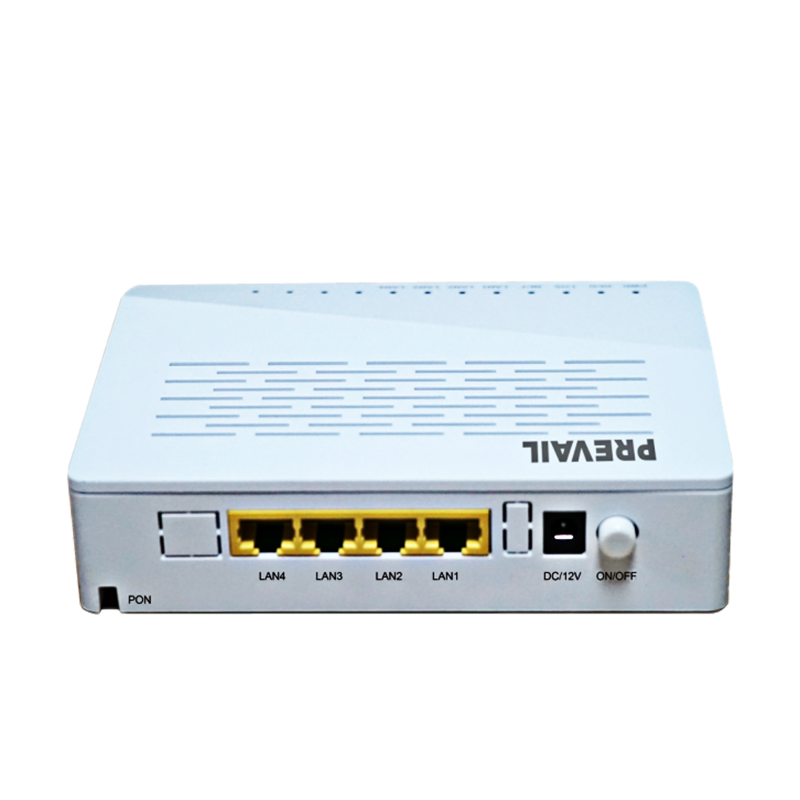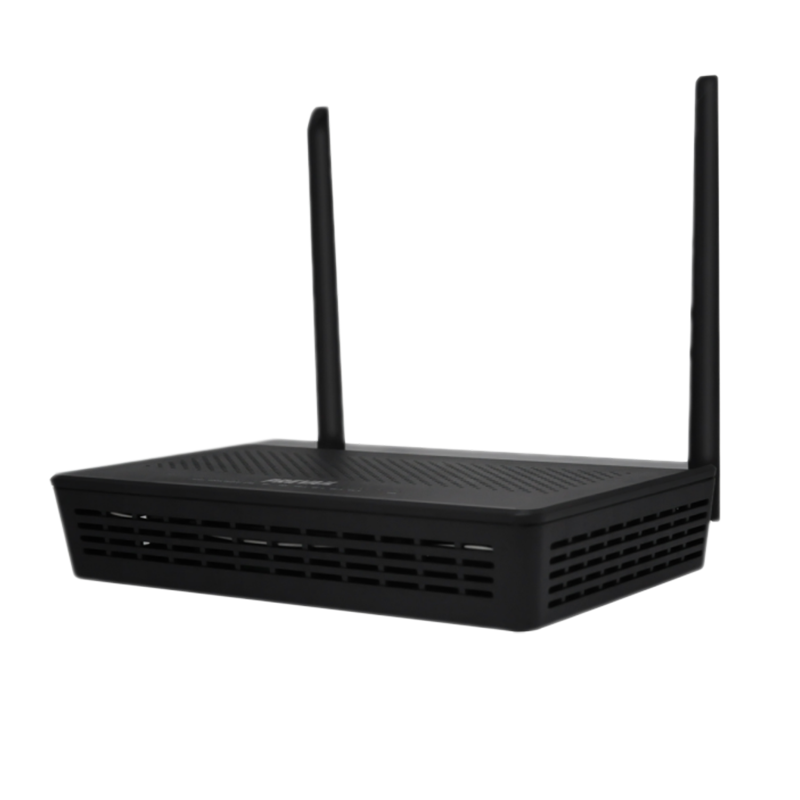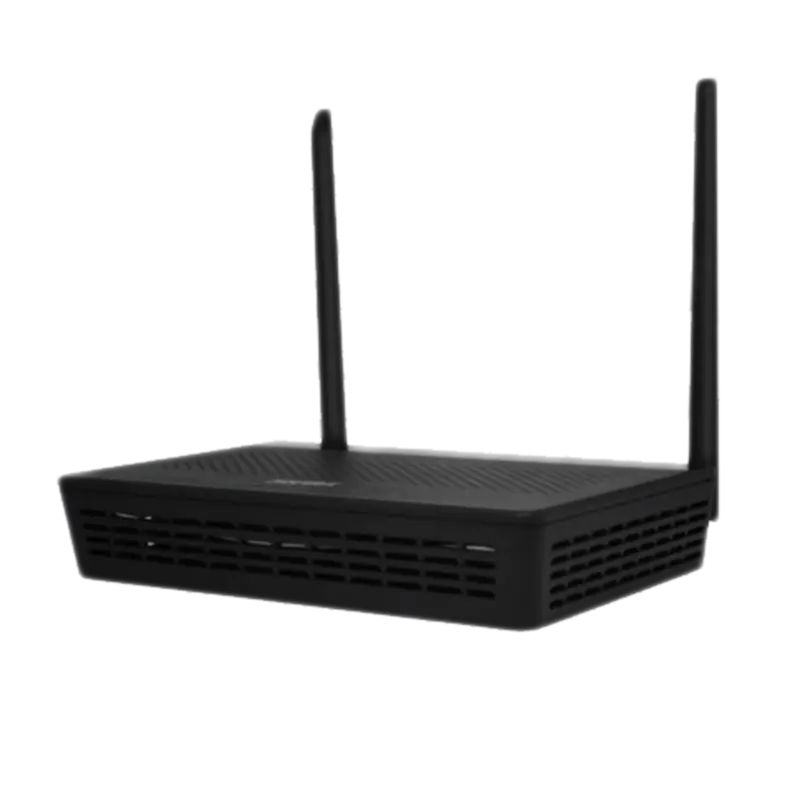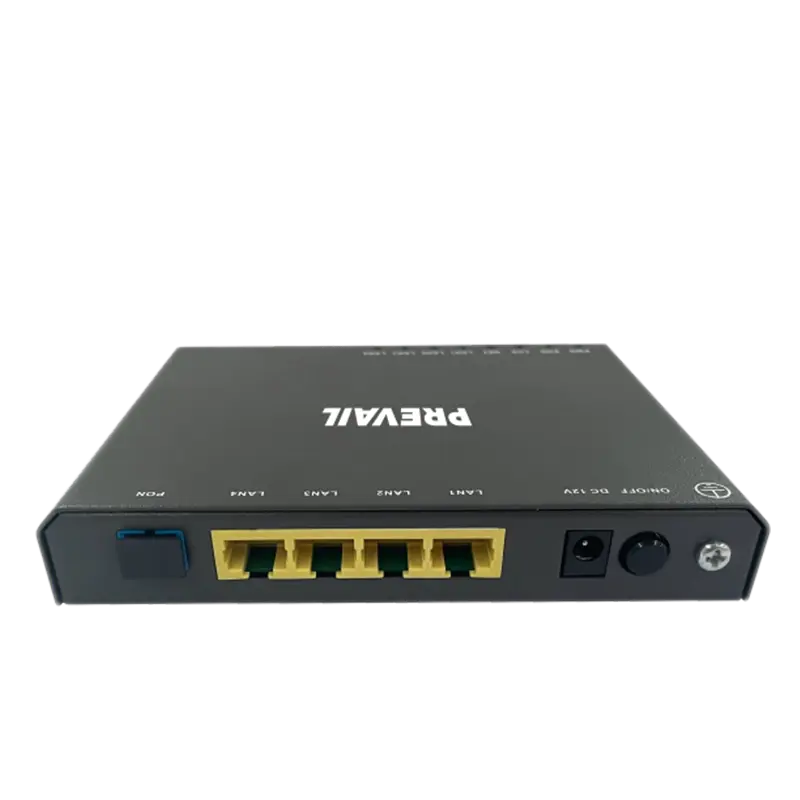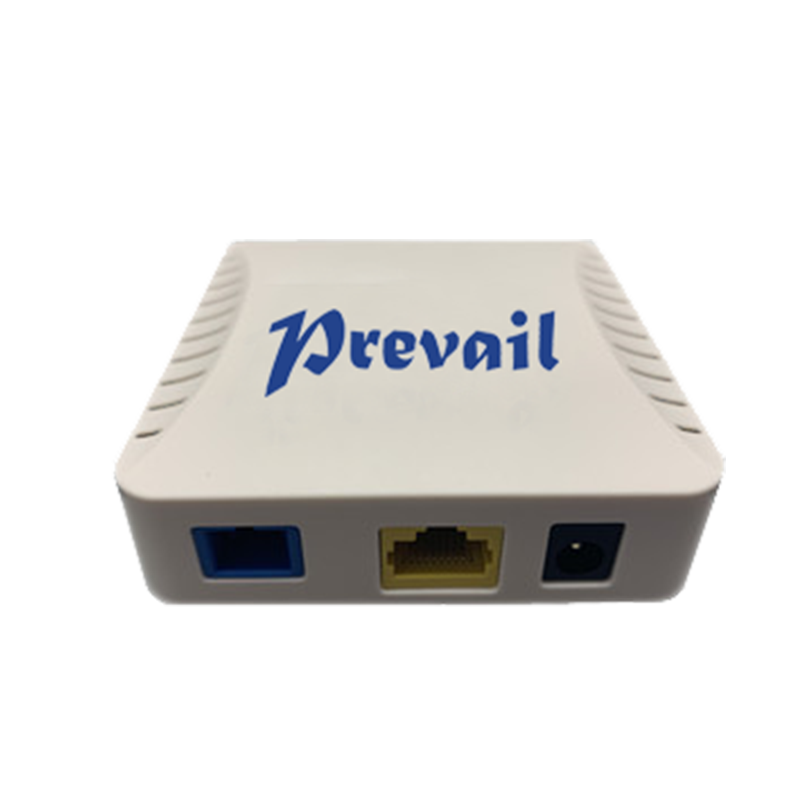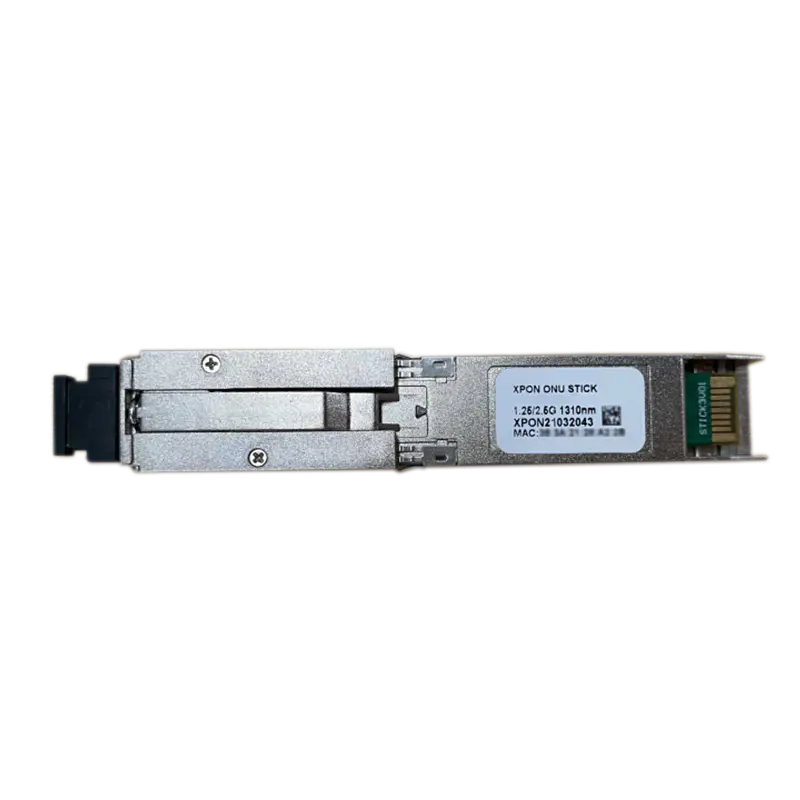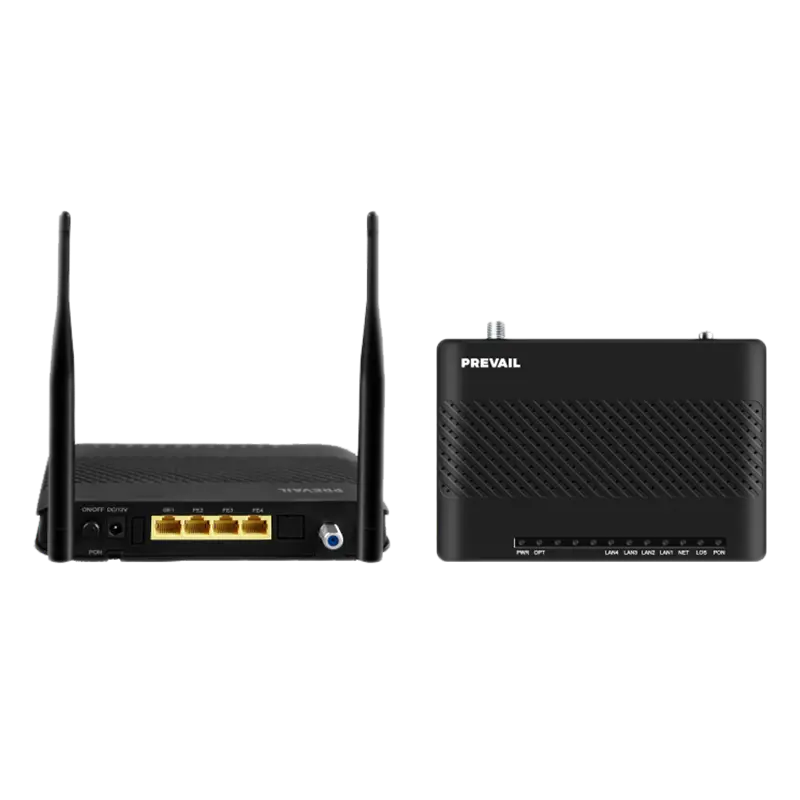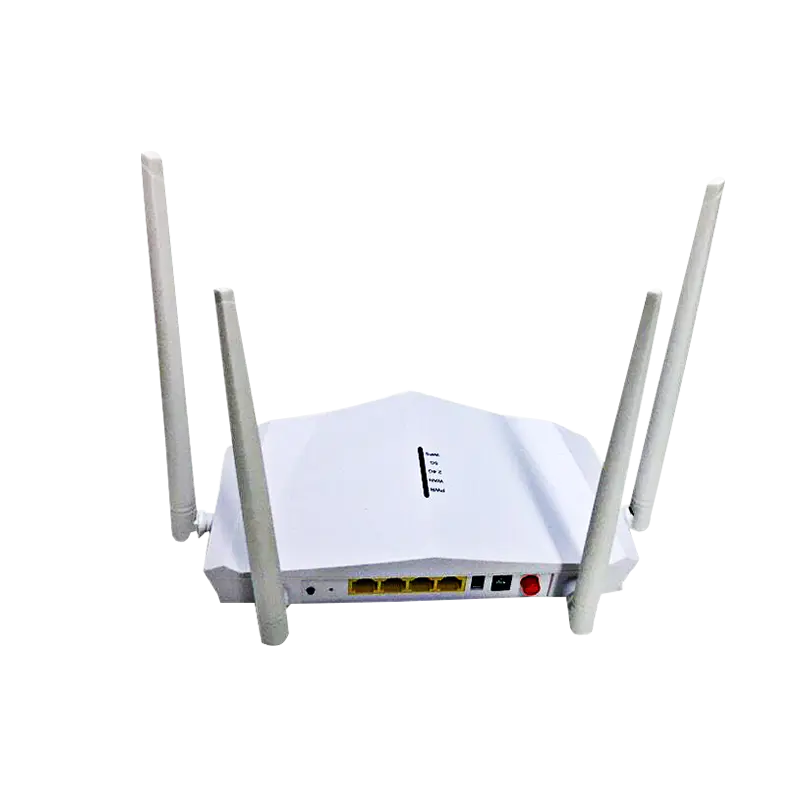What Are the Common Applications of HFC Transmission Equipment in Telecommunications?
Hybrid Fiber-Coaxial (HFC) networks have become a cornerstone of modern telecommunications infrastructure, blending the high-speed capabilities of fiber optics with the widespread reach of coaxial cable systems. HFC transmission equipment serves as the backbone for delivering broadband internet, cable television, and telephony services to millions of users worldwide. Its ability to support high bandwidth, maintain signal quality, and integrate multiple communication services makes it a preferred choice for cable operators and service providers.
This article explores the common applications of HFC transmission equipment in telecommunications, highlighting how it functions, its advantages, and the industries that rely on it.
1. Understanding HFC Transmission Equipment
HFC transmission equipment refers to the hardware and electronic devices used to transmit, amplify, and manage signals over hybrid fiber-coaxial networks. An HFC network typically includes:
- Optical nodes: Convert signals from optical fiber to electrical signals for coaxial delivery.
- Amplifiers: Boost signal strength across long distances to ensure consistent quality.
- Headend equipment: Centralized devices that process and distribute television, internet, and voice services.
- Splitters and combiners: Facilitate signal routing to multiple endpoints.
- Network management systems: Monitor performance, detect faults, and optimize network operations.
HFC networks leverage the advantages of fiber for long-distance transmission and coaxial cable for the last-mile distribution, striking a balance between high-speed capabilities and cost-effective deployment.
2. Broadband Internet Delivery
One of the most common applications of HFC transmission equipment is high-speed internet delivery. With the increasing demand for bandwidth-intensive services like video streaming, cloud computing, and online gaming, HFC networks provide a reliable solution.
2.1 How HFC Equipment Supports Broadband
- Optical fiber segments carry large volumes of data from the service provider’s central office to neighborhood nodes.
- Optical nodes convert light signals into electrical RF signals that travel over coaxial cables to homes and businesses.
- Amplifiers maintain signal strength across long coaxial runs, ensuring consistent speeds.
2.2 Advantages
- High bandwidth for multiple users simultaneously.
- Lower latency compared to traditional copper telephone lines.
- Cost-effective deployment using existing coaxial infrastructure.
2.3 Applications
- Residential broadband services.
- Small business internet connections.
- Fiber-to-the-node (FTTN) deployments that reduce infrastructure costs while maintaining speed.
3. Cable Television Distribution
HFC transmission equipment is integral to cable television (CATV) networks, delivering hundreds of channels to subscribers.
3.1 Signal Transmission Process
- Headend equipment receives and processes TV signals from satellite feeds, broadcast networks, or on-demand servers.
- Signals are sent over optical fiber to neighborhood nodes.
- Coaxial cables carry the converted electrical signals to individual homes, often using amplifiers and splitters to maintain quality.
3.2 Advantages
- Supports both analog and digital television signals.
- Allows simultaneous delivery of high-definition (HD) and standard-definition (SD) channels.
- Facilitates integration with video-on-demand (VOD) and interactive TV services.
3.3 Applications
- Residential TV distribution.
- Hotels and multi-dwelling units (MDUs) where multiple rooms require access to TV services.
- Commercial venues such as hospitals, sports complexes, and cruise ships.
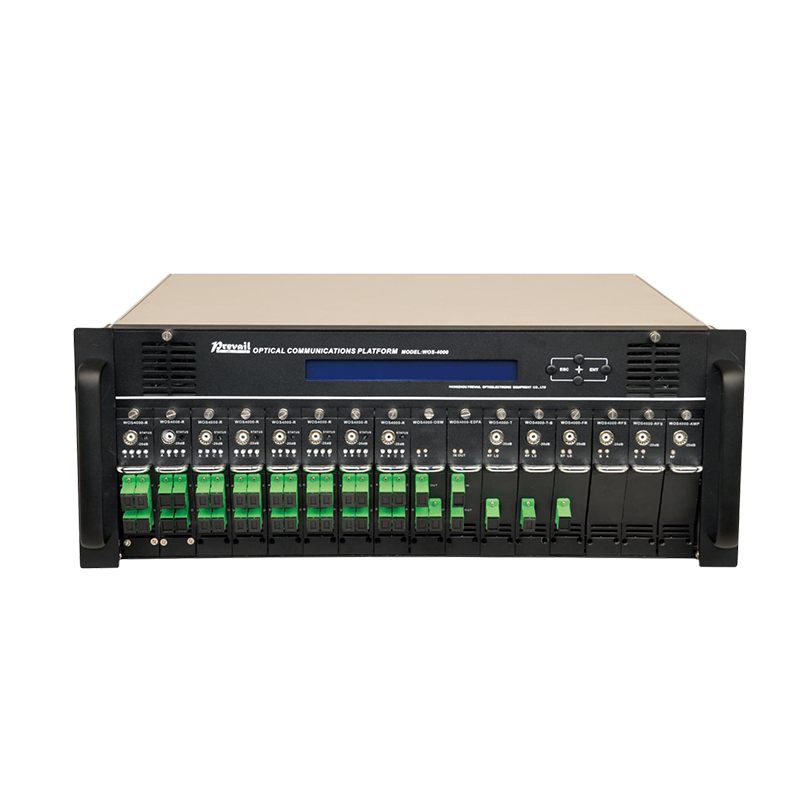
4. Voice and Telephony Services
Although Voice over IP (VoIP) has largely replaced traditional telephony, HFC transmission equipment still plays a critical role in delivering telephone services over broadband networks.
4.1 Integration with Broadband
- VoIP signals are transmitted as data packets over the HFC network.
- Specialized headend equipment and network gateways manage call routing and quality of service (QoS).
- Coaxial cables deliver the digital voice signals to homes and businesses.
4.2 Advantages
- Cost-effective compared to maintaining separate telephone lines.
- Supports multiple voice channels simultaneously.
- Can be integrated with emergency services and remote monitoring systems.
4.3 Applications
- Residential VoIP services bundled with internet and TV.
- Business telephony systems using unified communication platforms.
- Multi-service operators (MSOs) offering triple-play solutions (internet, TV, and voice).
5. Interactive Services and Smart Home Applications
Modern HFC networks extend beyond basic internet, TV, and voice services to support interactive applications.
5.1 Video-on-Demand (VOD)
- Headend servers store video content accessible by subscribers on-demand.
- HFC transmission equipment delivers low-latency streams over coaxial networks.
- Amplifiers and nodes ensure high-quality video without buffering or signal degradation.
5.2 Home Automation and IoT Devices
- HFC networks can support connected devices like smart thermostats, security cameras, and lighting systems.
- High-speed internet over HFC provides reliable connectivity for multiple devices simultaneously.
- Coaxial infrastructure allows retrofit of smart home applications without extensive rewiring.
5.3 Online Gaming and Streaming
- HFC equipment ensures low-latency connections for real-time applications.
- Supports high-speed downloads and uploads, critical for gaming consoles and streaming platforms.
6. Business and Enterprise Applications
HFC transmission equipment is also widely deployed in business and enterprise networks, where reliability and bandwidth are critical.
6.1 Enterprise Internet Connectivity
- Businesses can access broadband services using HFC networks, benefiting from high-speed fiber backbone connectivity and coaxial distribution.
- Multi-tenant buildings leverage HFC equipment to provide reliable service to multiple tenants.
6.2 Security and Surveillance
- HFC networks can support IP-based surveillance cameras and access control systems.
- High bandwidth ensures real-time video streaming and remote monitoring.
6.3 Remote Office Connectivity
- HFC networks provide cost-effective connectivity for branch offices in urban and suburban areas.
- Integration with virtual private networks (VPNs) allows secure communication over the internet.
7. Advantages of Using HFC Transmission Equipment
HFC transmission equipment is preferred in telecommunications due to several key benefits:
- High Bandwidth Capacity: Fiber segments allow large data volumes to travel long distances without significant loss.
- Cost Efficiency: Utilizes existing coaxial infrastructure, reducing deployment costs compared to full fiber-to-the-home (FTTH) networks.
- Scalability: Supports future upgrades by replacing or enhancing headend and node equipment.
- Multi-Service Delivery: Enables triple-play services (internet, TV, voice) on a single network.
- Reliability: Amplifiers, nodes, and network management systems maintain consistent signal quality.
- Flexibility: Can serve residential, commercial, and industrial users across diverse geographic areas.
8. Challenges and Considerations
While HFC networks are highly effective, their deployment requires attention to certain challenges:
- Signal Degradation: Coaxial cable is susceptible to attenuation, especially over long distances; frequent amplifiers are necessary.
- Bandwidth Sharing: Multiple users on the same node may experience reduced speeds during peak hours.
- Maintenance: Amplifiers, optical nodes, and splitters require regular inspection to prevent service interruptions.
- Upgrade Path: Transitioning to full FTTH networks may require partial replacement of HFC equipment in the future.
Proper planning, network design, and equipment selection are essential to ensure optimal performance.
9. Future Applications
HFC transmission equipment continues to evolve to meet growing demand for bandwidth and advanced services:
- DOCSIS 3.1 and Beyond: New standards increase capacity and efficiency for broadband services over existing HFC networks.
- Fiber Deep Deployments: Bringing fiber closer to users reduces coaxial cable lengths and improves speed and reliability.
- Integration with 5G Networks: HFC infrastructure can support backhaul for small cell deployments in urban areas.
- Smart Cities: HFC networks enable IoT devices, traffic management systems, and public safety communications.
These innovations ensure HFC networks remain a relevant and cost-effective solution for telecommunications.
Conclusion
HFC transmission equipment plays a crucial role in delivering modern telecommunications services, including broadband internet, cable television, VoIP, interactive services, and enterprise connectivity. By combining the high-speed capabilities of fiber optics with the accessibility of coaxial cables, HFC networks offer an efficient, scalable, and cost-effective solution for multi-service delivery.
From residential neighborhoods to large commercial complexes, HFC equipment ensures reliable signal quality, high bandwidth, and seamless integration of services. As technology advances, HFC networks continue to evolve, supporting next-generation standards, smart city applications, and enhanced user experiences.
For telecommunications operators and service providers, investing in high-quality HFC transmission equipment is essential for meeting current demands and preparing for future network expansions, ensuring consistent service delivery and customer satisfaction across diverse applications.





